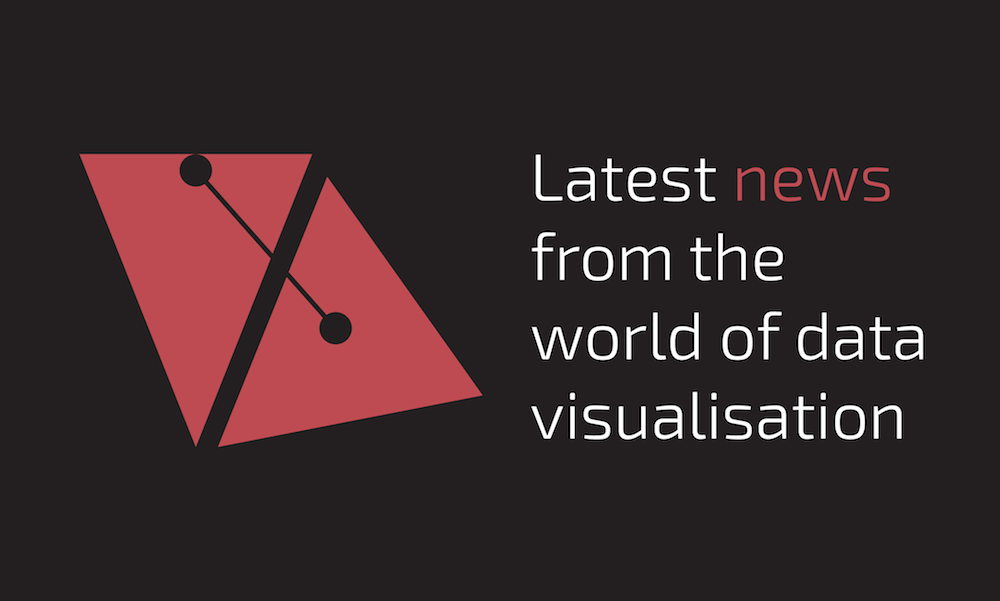This is a follow-up post to my third article in the Visualisation Insights series which I published earlier this week. The purpose of this companion series is to optimise the learning opportunities from each insights article, reflecting on the ideas, issues and observations to emerge.
Visualisations Reflections #3
Blog Editor | Benjamin Wiederkehr
Why did I choose this subject?
Why did I choose this subject?
Primarily, I wanted to learn about and convey the challenges faced by another blog editor, particularly one who also combines this role with delivering design projects. It is a very interesting role to occupy and there are many different models/approaches that bloggers take to develop their voice. Indeed, since compiling this interview there have been a number of interesting comments and introspective critiques of the challenges and benefits of blogging on EagerEyes, Drawar and FlowingData which highlights some of the curiosity that exists with this role and activity.
Finally, I was very interested in obtaining a perspective of the visualisation scene from Benjamin’s vantage point in the heart of Europe. I find it fascinating to hear people’s take on the subject around the world because there is some really interesting and inspiring work going on across the globe.
Impressions prior to the interview
I’ve seen Benjamin write articulately about the visualisation field in the past so I knew I was dealing with somebody who had an astute contribution to make. Whats more there is a freshness, a certain zest, to both the content and look/feel of the datavisualisation.ch website that really engages the visitor. The fact the team are visible and active on all social media formats also conveys this sense of energy and enthusiasm about the subject and the work they are involved in. A further impression I had formed was that they have a very community-spirited, open-source attitude to knowledge sharing, typified by the launch of their Visualization ‘inside’ series.
Impressions after the interview?
Overall I feel Benjamin demonstrates a wonderful balance between writing (blog), learning (research, development) and doing (design projects) – a model for operating that I certainly aspire to getting closer to in due course. It is this iterative process of exposure to creative influences, acquiring knowledge and translating all this into design activity that creates the sense of dynamism and energy I mentioned above.
Another positive impression is the hard work Benjamin has put in to developing his knowledge, skills and experiences in this field, it is clearly paying off:
During the day, I studied the principles and methodologies, and at night I experimented with technologies and tools and learned the required programming skills. I worked in parallel as a freelance designer in the field of user interface design and visualization.
His experiences of blogging are interesting in so much as they completely reinforce the methods that I find are required to keep the content flowing from identifying subjects, to constructing a particular editorial opinion and finally to executing the written piece. Furthermore, Benjamin is blessed with fantastic English writing skills which naturally enhances the portability and access of his site’s content.
Much of Benjamin’s interview speaks for itself, a very composed piece, but a final point I want to pick up on relates to the respective series of posts we have launched in recent times. I received an email a while back which asserted in a round-about way that my Visualisation Insights series was a carbon copy of the datavisualization.ch inside posts, with an uncanny similarly timed launch. There are, however, clear differences in perspectives. To my understanding, Benjamin’s Inside series is heavily focused on breaking down a design process:
…we came to the conclusion that seeing the process is oftentimes much more insightful and fun. You can learn as much from unsatisfying, and thus rejected concepts, as from the eventually implemented ones. Unfortunately, there are only few people in the design community, who share their approach and technique… Our intention is to provide inspiration and guidance to fellow designers, who may be just starting out in this field.
On the other hand, I’m more focused on the people side of things and specifically the roles they play within the field at large. I suppose, if you were to compare my first post in the Insights series, there would be a strong overlap in themes but this is just a coincidental starting point. I believe they both bring significant value to readers interested in this subject.
Acknowledgement
Once again many thanks to Benjamin for breaking off from his busy schedule to participate in this article. I wish him and his colleagues all the best with datavisualization.ch and Interactive Things in the future.
Keep your eye out for future insights articles, with many interesting interviews and interviewees lined up…

